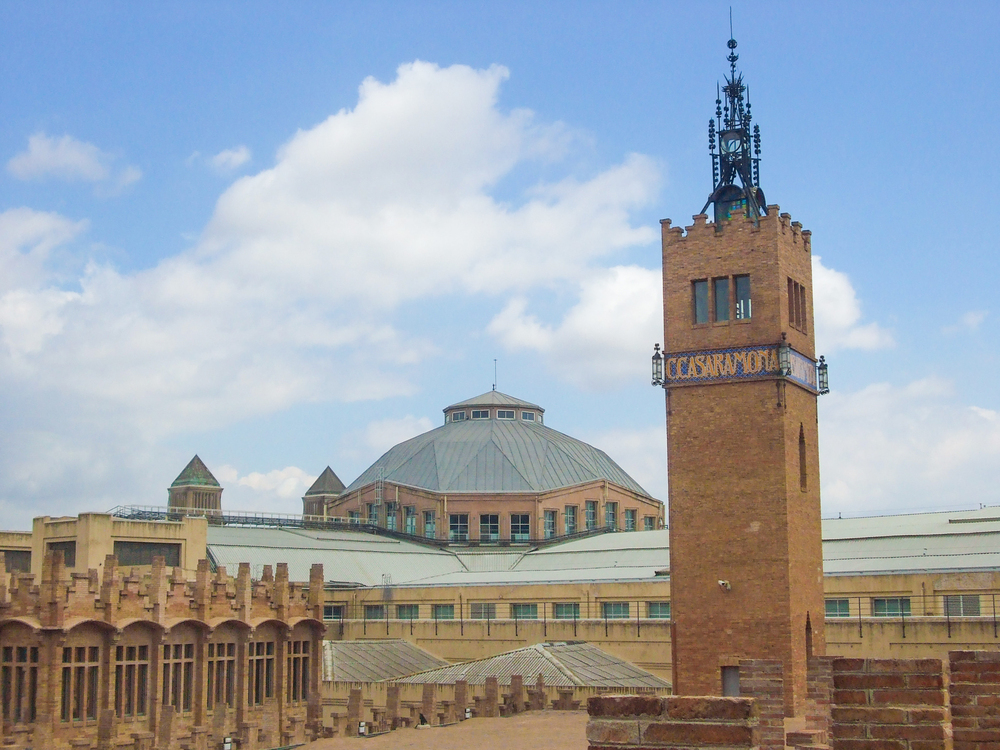Muntaner Street, an emblematic street of the city of Barcelona, extends for approximately 4 kilometers, crossing the districts of Sarriá-San Gervasio, Gracia and Ensanche and goes from Via Augusta to Ronda de Sant Antoni crossing La Diagonal and Gran Vía.

Along its entire length, Muntaner street has a lane exclusively for bus traffic, thus speeding up public transport in the area.
A fact of historical relevance is that this street is named after Ramon Muntaner, an illustrious character born in Perelada, Alt Empordà, in 1265, and died in Ibiza in 1336. Ramón Muntaner stood out in history as a renowned medieval chronicler. His work consisted of documenting and narrating in great detail the events of his time, providing valuable information about the life and exploits of the medieval society in which he lived. In this way, Muntaner Street pays homage to this distinguished chronicler, connecting Barcelona’s present with its historical and cultural past.
Walking along Muntaner Street
Who was Ramon Muntaner
Ramon Muntaner, whose name in Catalan is Ramon Muntaner, was born in Perelada, Gerona, Catalonia, in 1265 and died in Ibiza, Balearic Islands, in 1336. This distinguished figure of Catalan medieval history was a knight and writer whose legacy lives on through his most outstanding work, the “Chronicle of Muntaner”. This chronicle is a historical chronicle that spans from the conception of James I in 1207 to the coronation of Alfonso IV of Aragon in 1328.

Barely over twenty years of age, Muntaner joined the conquest of Menorca in 1286. For a period of ten years, his life remains largely in the shadows until we find him in Sicily, where he fought against the French.
One of the most notable moments in Muntaner’s life was his participation in the Great Catalan Company, a light infantry army composed of Aragonese and Catalan mercenaries known as almogàvars. This company was loyal to the Crown of Aragon until its dissolution in Greece. Muntaner was sent to Constantinople to support the Greeks in their fight against the Turks under the leadership of Roger de Flor. He participated in the siege of Messina in 1300 and played a crucial role as administrator of Roger de Flor’s Company. In addition, he bravely and wisely defended the city of Gallipoli against the attack of the Genoese.
Muntaner wrote his famous Chronicle in little more than three years while he was in Chirivella, a farmhouse in the Casas de Bárcena. This work, written in the first person and characterized by a simple style devoid of rhetorical excess, is unique in the sense that Muntaner, due to his status as a soldier, witnessed many of the events he describes, which adds a singular value to his narrative. The Chronicle of Ramón Muntaner, rich in historical data, has become an indispensable resource for the study and understanding of this crucial period in the history of the Crown of Aragon. His legacy endures as a valuable testimony of the events and experiences of his time.
Familiar faces live on Muntaner Street in Barcelona.
Gerard Piqué, the renowned FC Barcelona footballer, has made Calle Muntaner his home. Before starting his relationship with Colombian singer Shakira, Piqué acquired this property and subjected it to a complete transformation, providing it with all kinds of luxuries and amenities.
According to some media reports, the purchase transaction took place in 2009 for a sum of 4.5 million euros, a figure that, compared to the impressive fortune that he and Shakira have accumulated throughout their careers, seems insignificant, as it is estimated that their combined wealth could amount to some 230 million euros.
In short, Barcelona’s Calle Muntaner is a main thoroughfare that offers a mix of cultural, commercial and architectural elements. Its length and central location make it stand out in the urban fabric of the city, contributing to the daily life of its inhabitants and to the tourist attraction of Barcelona.



